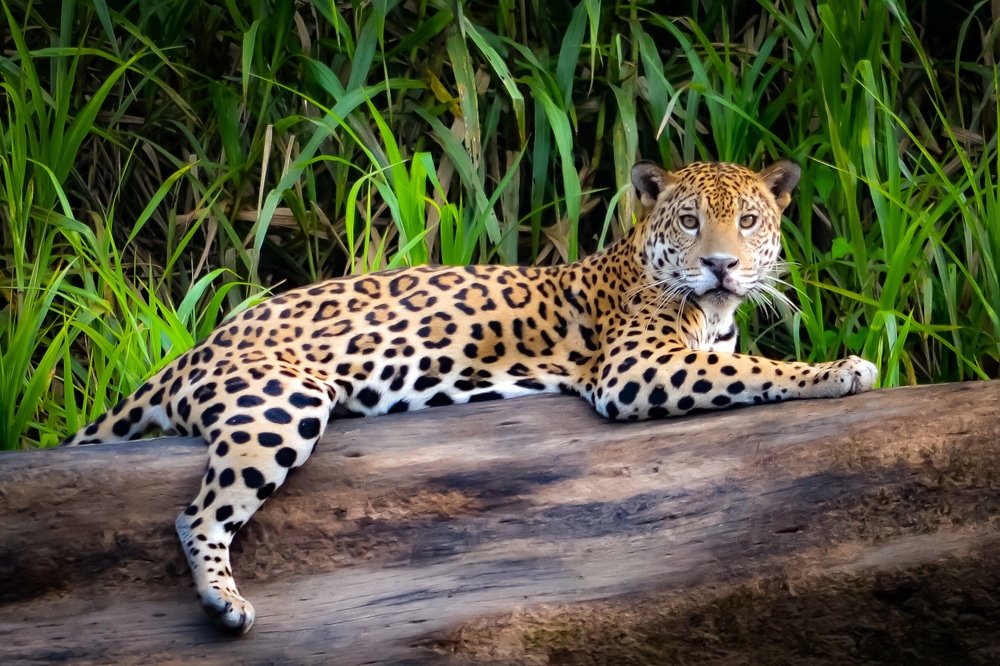
Have you seen all of those Spanish-speaking countries on the map? As a whole, they’re huge, full of mountains, forests and jungles.
Go there, and you’re bound to find a donkey next to your Uber or see a cow casually strolling by the sidewalk. (This happened a few times while I was visiting my grandmother in the Dominican Republic).
Whether you’re a Spanish learner or a curious traveler, you’ve got to know how to talk about animals in Spanish.
This blog post will show you over 130 animal names in Spanish, plus important grammar rules and related common idioms.
Contents
Download:
This blog post is available as a convenient and portable PDF that you
can take anywhere.
Click here to get a copy. (Download)
Animals in Spanish
1. Common Pets in Spanish

I’m not a pet lover, but I’m sure quite a few of you have pets at home.
Pet names in Spanish (not the kind you call your significant other), are good vocabulary to add to your language repertoire.
2. Farm Animals in Spanish
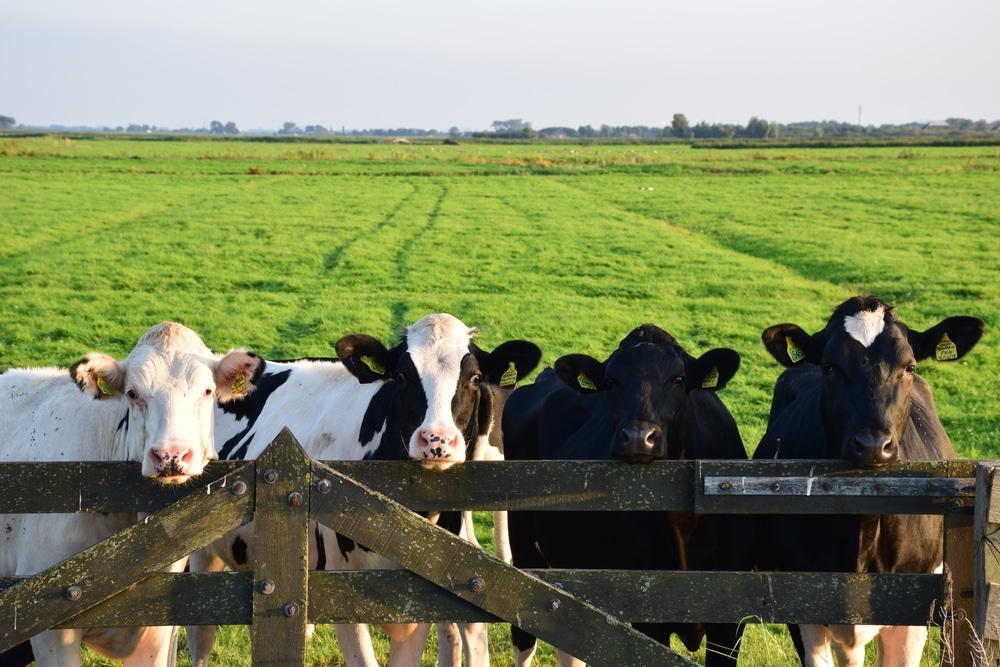
Even if you don’t live near a farm, knowing farm animals’ names in Spanish will come in handy when you’re visiting areas of Spanish-speaking countries that are more rural.
And then again, some people have farm animals as pets!
3. Sea Creatures in Spanish
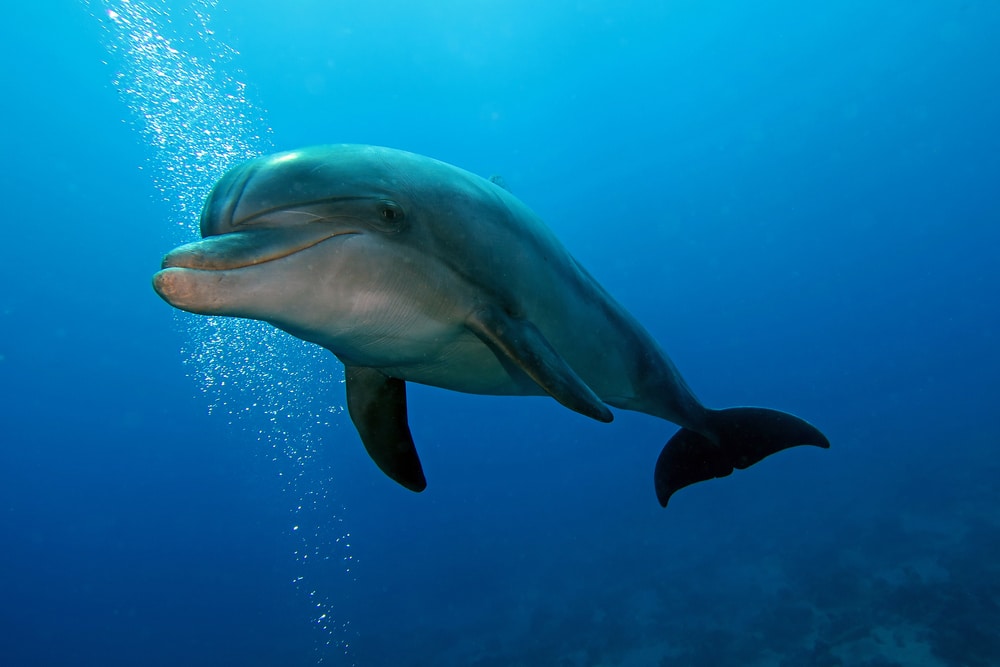
Our planet is 71% water. This water is full of sea creatures (over 240,000 species!) with fun names in Spanish worth learning.
Don’t worry, though. I’ve only included the most relevant ones you might catch a glimpse of at the beach.
4. Animals with Wings in Spanish

Are you a bird enthusiast? If so, you’re gonna appreciate these 23 winged animal names in Spanish.
I thought about naming this list animals that fly. Then I figured—not all animals with wings have that ability!
5. Rainforest Animals in Spanish
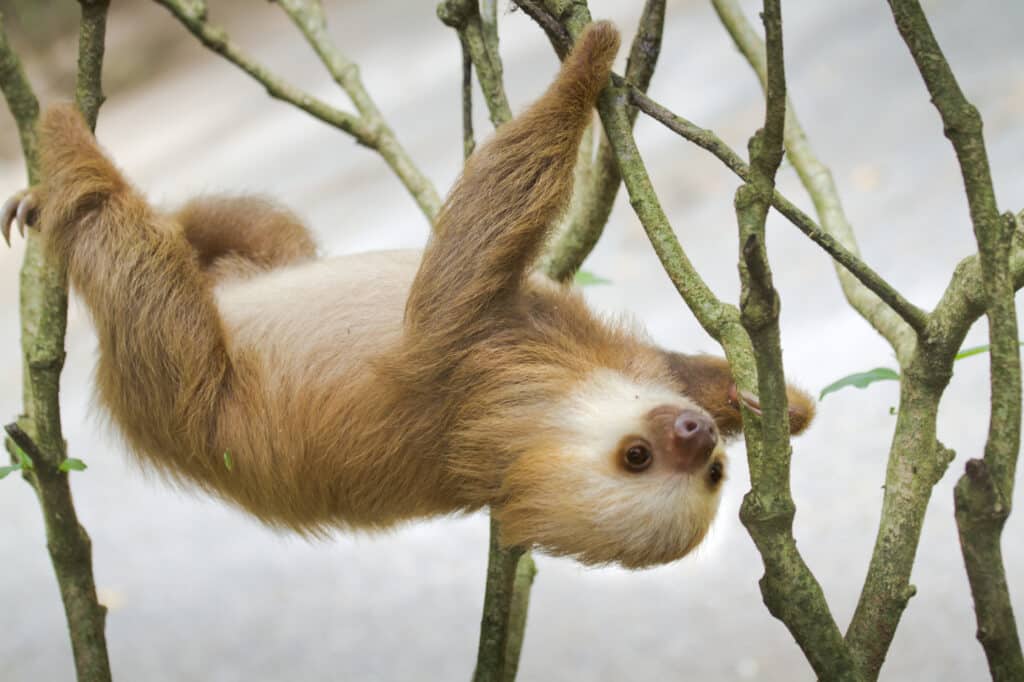
Learning Spanish for travel?
There’s a lot to see in South America—including the Amazon, the world’s largest rainforest.
Pack this short list of rainforest animal names for when you’re sailing down the Amazon river.
6. Animals from the Forest in Spanish
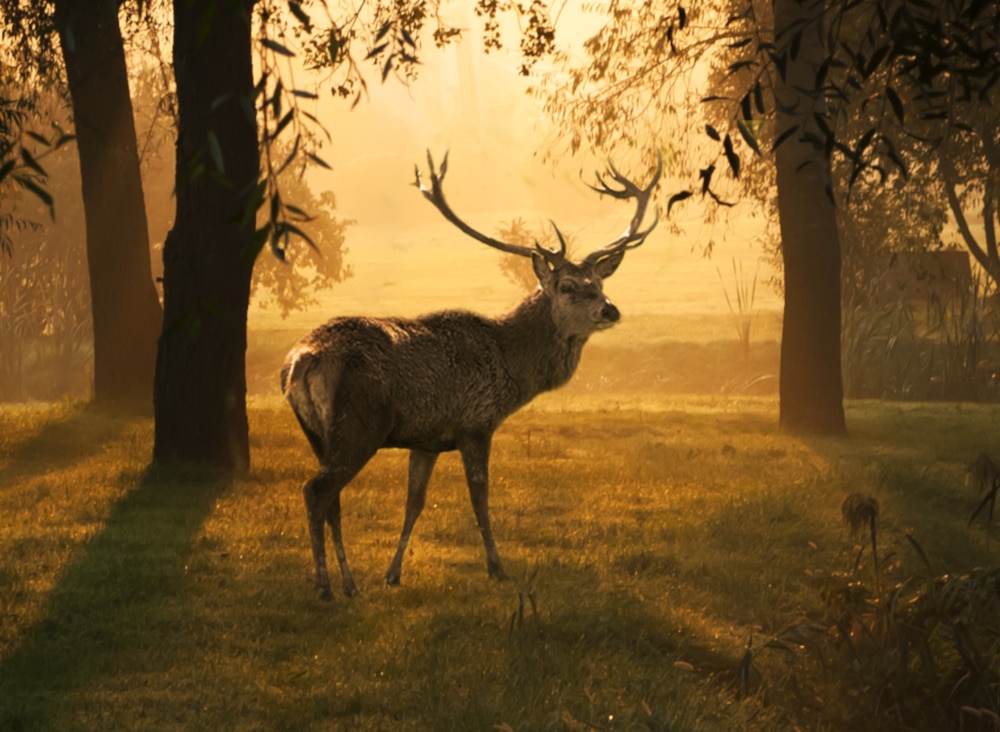
Skunks and deer are common in the Northeast U.S. where I grew up. I’m not a nature enthusiast, though. Needless to say, I’d creep past skunks those early winter mornings when I got up for the gym.
I’m guessing you’ll need this list if you too grew up near these creatures, and if you want to tell your new Spanish-speaking friends all about them.
7. Desert Creatures in Spanish
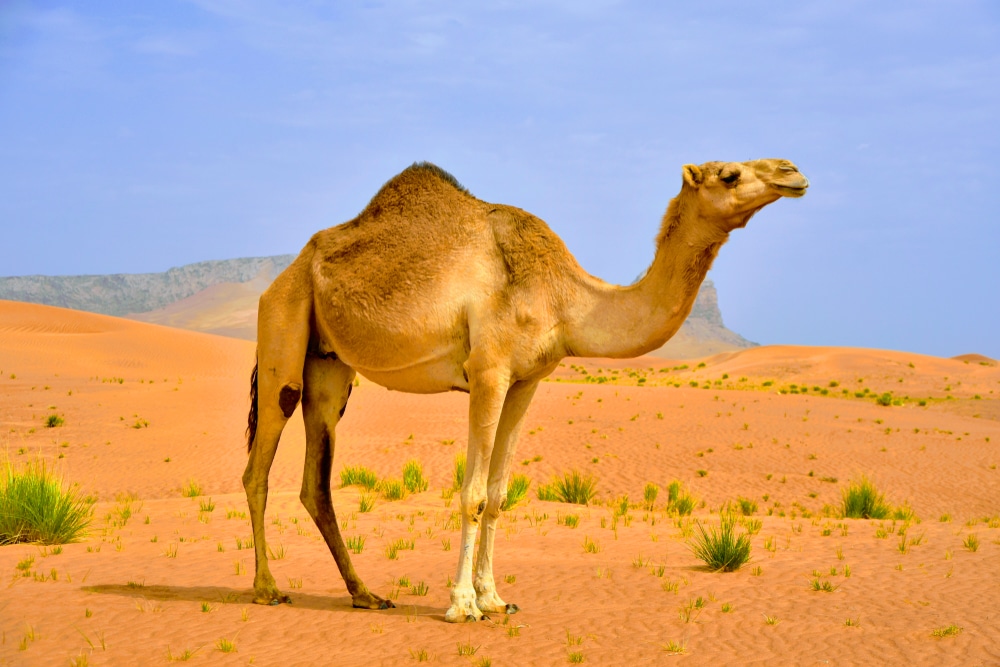
Fun fact: Chile’s Atacama desert is home to a resilient species of pink flamingos—and it’s one of the driest deserts in the world.
Deserts are common in Latin America.
Check out the short list of desert animals not already mentioned above or below.
8. Animals in the Savanna in Spanish
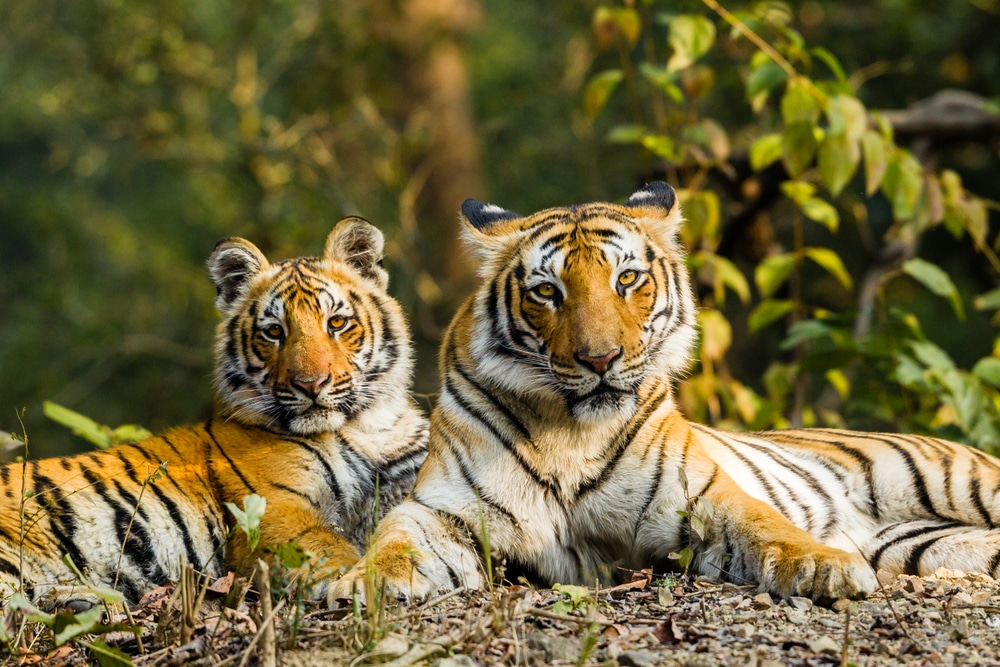
Lots of animals in Spanish lists include “zoo animals in Spanish.” Though it’s practical, I prefer to keep the nature theme going.
Savannas are diverse environments full of beautiful (and deadly!) creatures—some of which I’m listed below.
9. Small Critters in Spanish
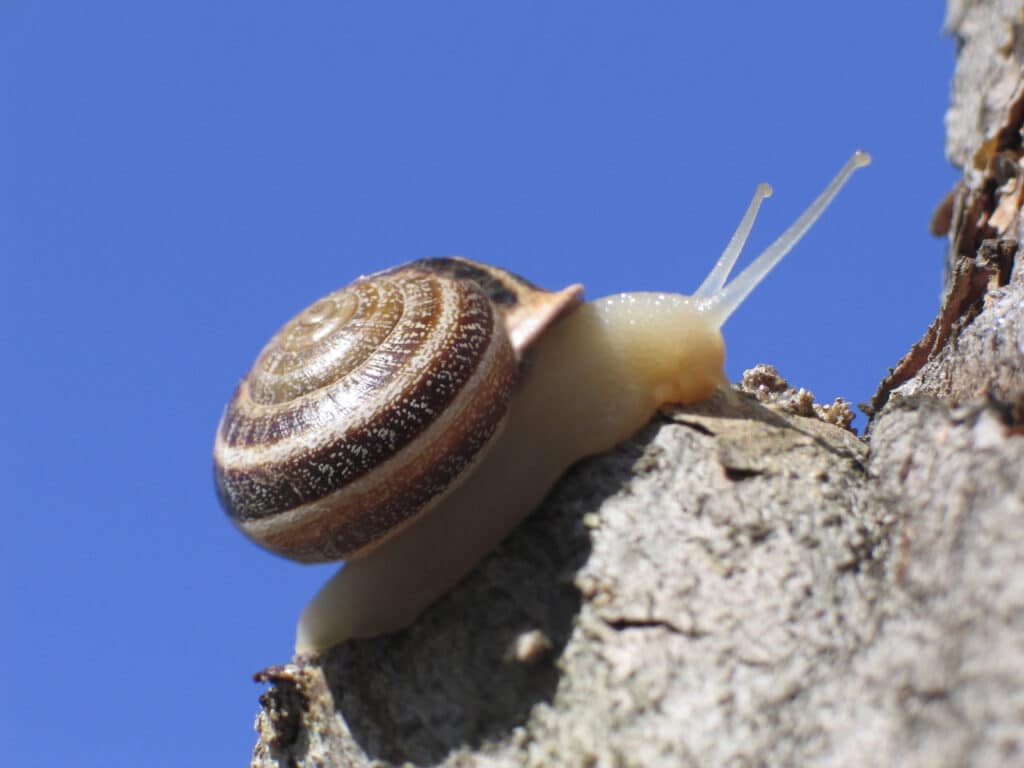
La Cucaracha is a fun children’s song in Spanish, but cucarachas are no joke.
They live everywhere—and they creep most of us out!
I’ve got fifteen small animal names in Spanish that are worth adding to your Spanish vocabulary, even if you’re not too fond of them like me.
To remember these animal names, it helps to learn them in context too. For example, you can look them up on FluentU, which has a multimedia dictionary that shows you related Spanish video clips and example sentences for each word. The program also lets you turn them into flashcards with a click.
Now that you know about specific animal names in Spanish, let’s look at grammar next.
Animal-related Vocabulary
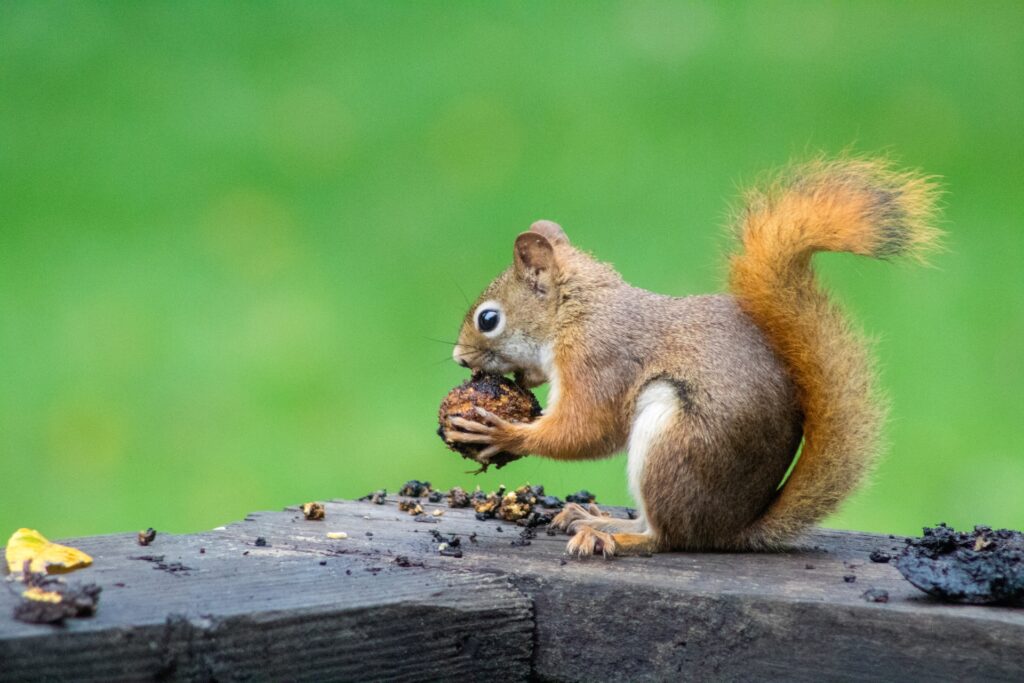
Names for Groups of Animals in Spanish
These are 7 common collective nouns in Spanish for animal groups.
Note: Animal collective nouns in English don’t always translate directly in Spanish!
For example, we say “flock of sheep” in English, but we don’t say banda de ovejas in Spanish. Instead, the Spanish term is rebaño de ovejas (literally, a “herd of sheep”).
1. Manada — herd / pod / pack / drove / parade
2. Colonia — colony
3. Rebaño — herd
4. Bandada — flock
5. Camada — litter
6. Piara — drift, drove or sounder
Spanish Expressions That Use Animal Names
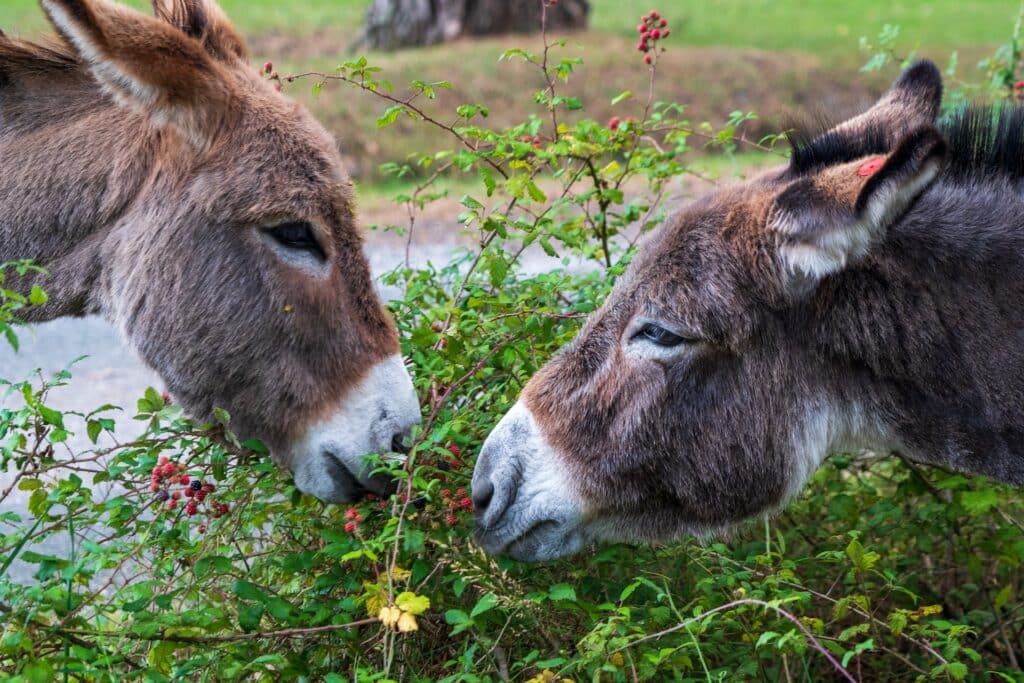
You’re not speaking like a native until you’ve learned and mastered these expressions using animal names.
Just like with English, Spanish speakers utilize animal names in phrases that have nothing to do with them.
I’ll spare you the more dirty phrases in Spanish, and share common ones you might come across.
Grammar Rules for Talking About Animals in Spanish
Vocabulary lists can only go so far without grammar rules!
Here are two helpful grammar rules for speaking about animals in Spanish.
Animal Gender in Spanish
In English, unless you’re an animal breeder or someone asks you about your pet—knowing an animal’s gender is irrelevant.
Not in Spanish, though, a language that gives even inanimate objects a gender.
Some animals go by the same name regardless of gender. For example:
Pájaro — bird
Hormiga — ant
Abeja — bee
Jirafa — girafe
Tortuga — turtle
Some animals names have variations for females. For example:
Perro / perra — male / female dog
Gato / gata — male / female cat
Mono / mona — male / female monkey
Oso / osa — male / female bear
Conejo / coneja — male / female rabbit
Lastly, some animals have a completely different name for males and females. Check out these examples:
Caballo / yegua — stallion / mare
Gallo / gallina — rooster / hen
Chivo / cabra — billy goat / nanny
Toro / vaca — bull / cow
León / leona — lion / lioness
Using Diminutives for Animals in Spanish
If you want to refer to baby animals in Spanish, you can use diminutives to do so.
Diminutives are a Spanish suffix added to words to express something tiny or affection.
Simply remove the last vowel and add -ito or -ita at the end of the animal name. For example:
Gato (cat) → gatito / gatita
Perro (dog) → perrito / perrita
Ardilla (squirrel) → ardillita
This list of animal names in Spanish is a great starting point for adding unique vocabulary to your Spanish knowledge bank.
Take your time with these Spanish animal names and study them part by part.



